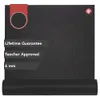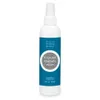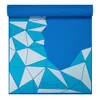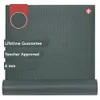I've been teaching weightlifting for years — drop the weights and try the gymnastics plank to build stronger abs
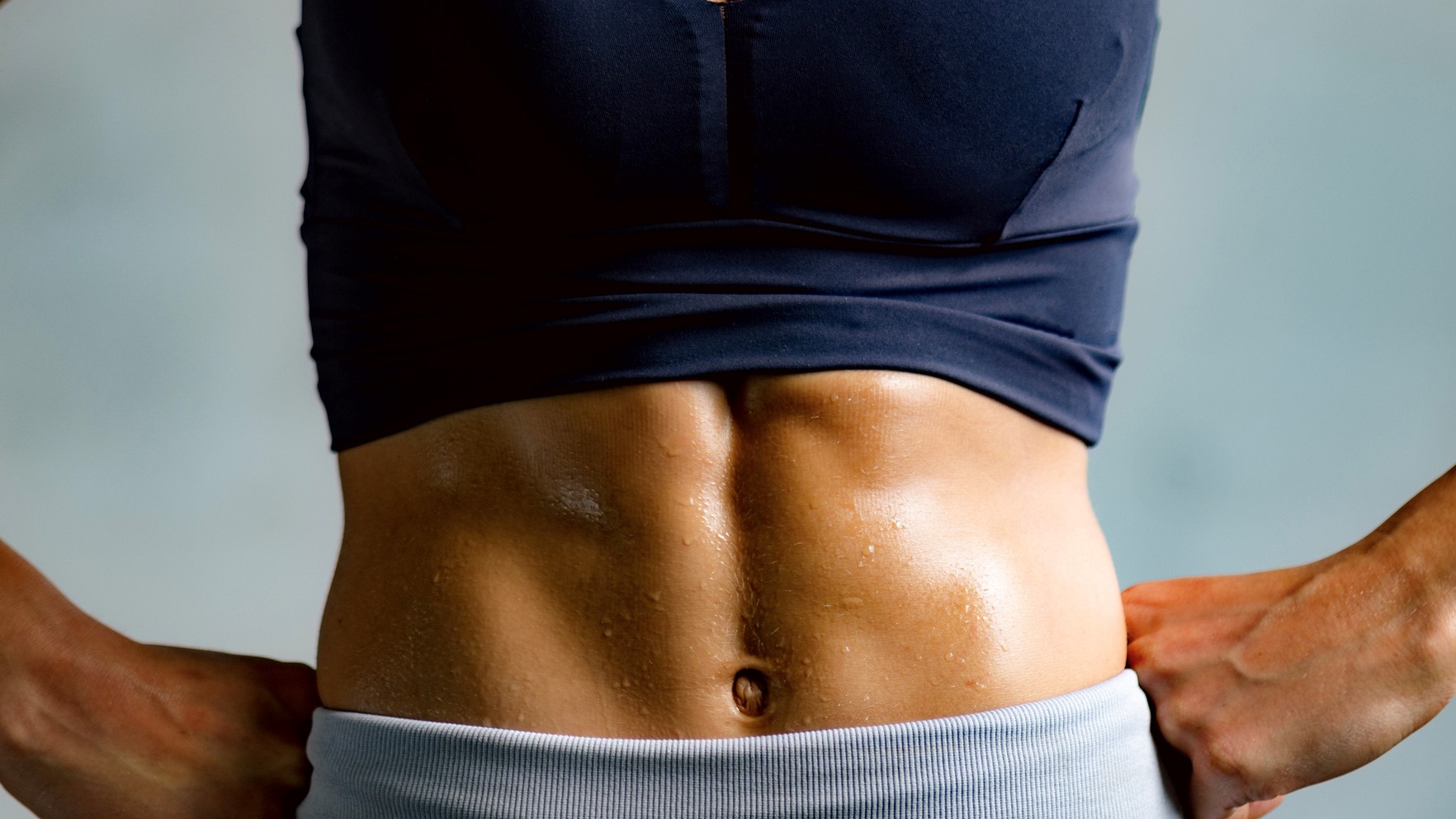
Of all the best plank variations I’ve tried over the years, the gymnastics plank is top dollar for building core stability, endurance, and strength. It doesn’t just strengthen your core; it hits muscles all over the body, including your shoulders, arms, wrists, quads, and glutes.
I love exercising with weights, and I’ve been teaching weightlifting for years, but it’s a common misconception that you can’t achieve an effective workout without lifting heavy. Don’t get me wrong, I love picking up a heavy weight, but for my core? Bodyweight blasts can still be top-tier.
How to do the gymnastics plank
You don’t need an exercise mat, but if you want to support your wrists better, some of the best yoga mats are great for comfort.
- Start in a high plank position with your shoulders stacked over your hands, hips aligned with your shoulders, and a straight line from heels to head
- Brace your core, glutes, and quads
- Push through your hands to broaden your upper back and create a soft hollow through your torso. Suck your belly button in toward your spine
- Roll onto the tops of your feet and send your weight forward over your hands. Your shoulders should pass in front of your fingertips
- Keep pressing through your hands and the tops of your feet to avoid dropping your hips
- Hold.
This is an intense plank variation, so try a 20-second hold and build from there. The key is to create a little hollow through your upper body, which means tucking your hips and pushing through your upper back, while engaging your core muscles.
You’ll feel your forearms and wrists working a lot harder; gymnastic planks also test your ability to keep your hips up and maintain your stature.
What are the benefits?
Gymnastic planks, like other gymnastics moves (the hollow hold, tuck crunch hold, or hollow rock, for example), are functional, core-strengthening exercises that build endurance and stability in your body.
Like a regular plank, the exercise works multiple muscles using isometric contraction; your muscles won’t move through any range of motion like flexion or extension, but they will hold tension while you maintain a static position.
Get instant access to breaking news, the hottest reviews, great deals and helpful tips.
Where will you feel this exercise?
Your shoulders, arms, forearms, wrists, core, hips, lower back, glutes, and quads work during the gymnastics plank, and the angle places a whole lot more emphasis on the upper body, namely the shoulders, arms, and wrists.
Placing your weight in the tips of your toes and the tops of your feet will activate more of your front body, like the hips and quads, rather than the glutes and hamstrings. In other words, a full-body burn.
If you suffer from wrist pain, simply drop onto your elbows and perform the same steps above using a forearm plank variation.
Does planking give you abs?
No, planking might help strengthen your core muscles, namely the rectus abdominis (the six-pack), transverse abdominis (a deeper belt of core muscles), and the obliques; the exercise alone doesn’t sculpt definition in these muscles.
Lean muscle definition comes from a combination of low fat percentage and muscle that has been built over time, so while adding a plank to your exercise routine can contribute, it won’t spot-reduce fat.
I also recommend lifting weights to strengthen your core, plus targeting the various core muscles (read abs vs core muscles), not just the abs, for a strong body.
More from Tom's Guide
- I'm a personal trainer, and here's why I choose weightlifting before Pilates
- Forget crunches — a Pilates instructor shares 9 exercises to target your deep core
- I've run more than 1,700 miles this year — and these are the running shoes I’ve enjoyed most
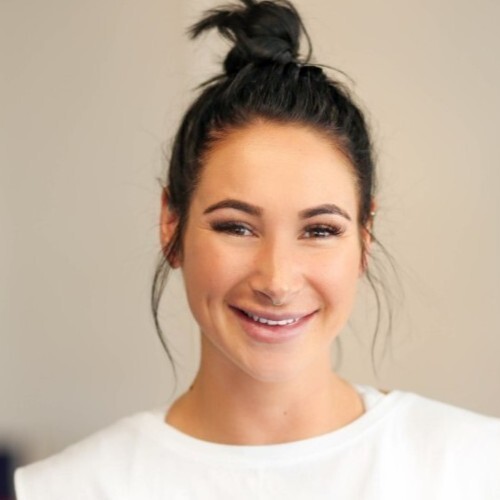
Sam Hopes is a level 3 qualified trainer, a level 2 Reiki practitioner and fitness editor at Tom's Guide. She is also currently undertaking her Yoga For Athletes training course.
Sam has written for various fitness brands and websites over the years and has experience across brands at Future, such as Live Science, Fit&Well, Coach, and T3.
Having coached at fitness studios like F45 and Virgin Active and personal trained, Sam now primarily teaches outdoor bootcamps, bodyweight, calisthenics and kettlebells.
She also coaches mobility and flexibility classes several times a week and believes that true strength comes from a holistic approach to training your body.
Sam has completed two mixed doubles Hyrox competitions in London and the Netherlands and finished her first doubles attempt in 1:11.
You must confirm your public display name before commenting
Please logout and then login again, you will then be prompted to enter your display name.

